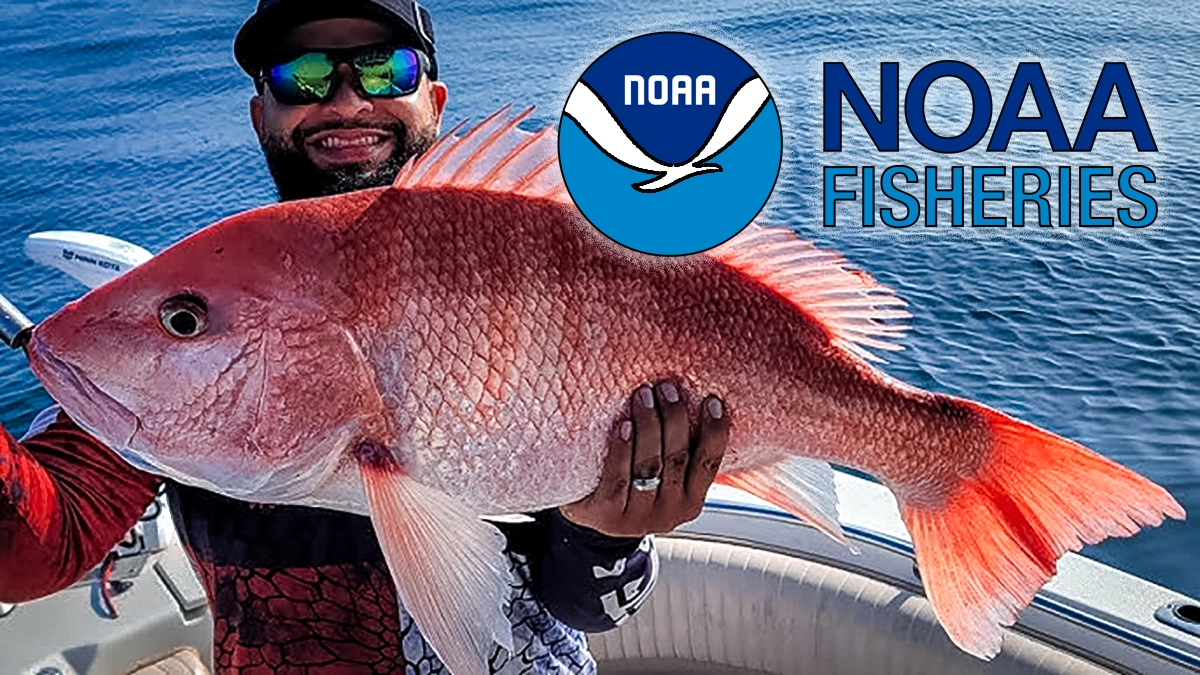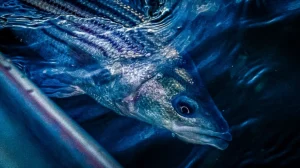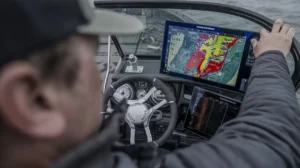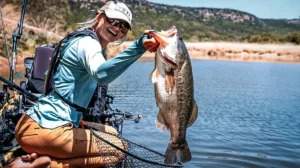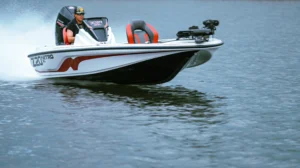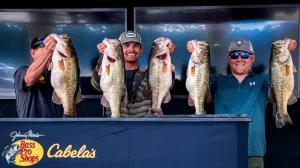The National Oceanic and Atmospheric Administration (NOAA) has announced a management plan for the Snapper-Grouper Fishery of the South Atlantic, off much of the Florida coast, that would prohibit bottomfishing for 55 species, including red snapper.
The new regs in question are found in Amendment 59 to the agency’s Fishery Management Plan, which was prepared by NOAA Fisheries “as part of a legal agreement that requires the agency to take action to end overfishing of red snapper in the South Atlantic,” according to a release from the American Sportfishing Association (ASA).
“The ASA is deeply disappointed to see NOAA Fisheries propose this drastic action, which may cause irreparable economic damage to the coastal communities and businesses that rely on recreational fishing, as well as recreational fishing manufacturers and suppliers across the country” said Martha Guyas, the ASA Southeast Fisheries policy director, in a statement.
All recreational hook-and-line fishing, including trolling, would be prohibited from December through February every year in federal waters from Cape Canaveral to the border between Florida and Georgia. That list of 55 species also includes groupers, jacks, sea basses, porgies, triggerfish, hogfish, tilefishes, and grunts.
The release from the ASA goes on to say that the Association believes the bottomfishing closure for snapper in particular is “unnecessary given the progress in rebuilding red snapper.”
“A reanalysis of the status of Atlantic red snapper released by NOAA Fisheries alongside their proposal confirms the observations of countless anglers: Atlantic red snapper is no longer overfished,” the release says.
“In Amendment 59, NOAA Fisheries also recommends changing how overfishing is measured for red snapper in recognition of the growth of the fishery and recent above average recruitment. The proposal would mean that Atlantic red snapper is also no longer undergoing overfishing – another point that has been argued by anglers and ASA in recent years.”
While the Association says removing the designations of “overfished” and “undergoing overfishing” for red snapper is a good step, it argues that the bottomfishing closure is based on bad data, namely “notoriously unreliable estimates of fish released by recreational anglers.”
Ultimately, the closure is projected to yield a recreational Atlantic red snapper harvest season of five to nine days per year, which is a dramatic increase from one day in 2024 and two days in 2023. But the ASA says the juice isn’t worth the squeeze.
“A three-month bottomfishing closure for 55 species of reef fish in exchange for five to nine days of red snapper season is not a good trade,” Guyas said. “Given NOAA Fisheries’ recognition that red snapper is no longer overfished or undergoing overfishing, an increase in the recreational season is certainly warranted. However, it is absurd to simultaneously propose drastic closures.”
NOAA Fisheries has not released a statement regarding the closures to the public at this time. The agency is accepting public comments on the rule changes until March 17.
The ASA says it plans to work with Congress and the incoming Trump administration to “prevent these unnecessary closures from taking effect.”


